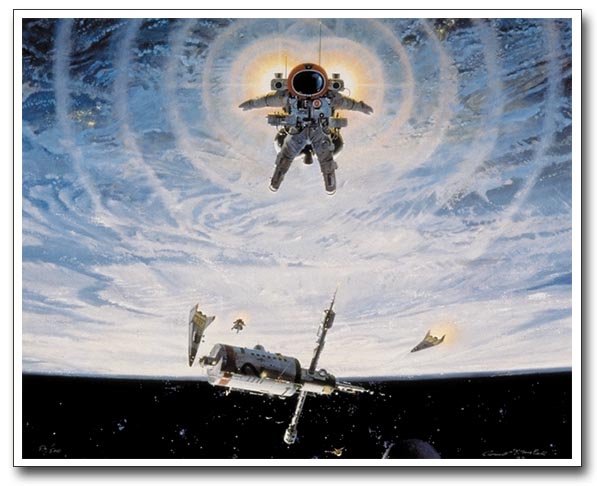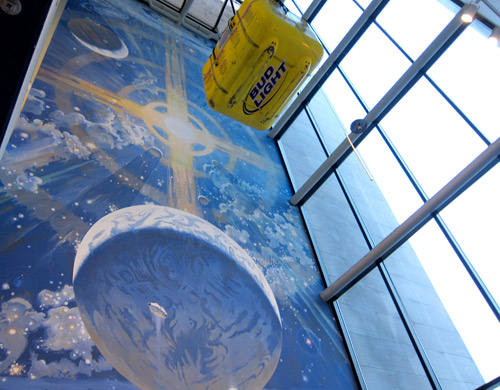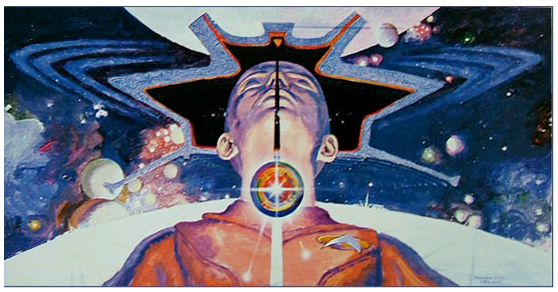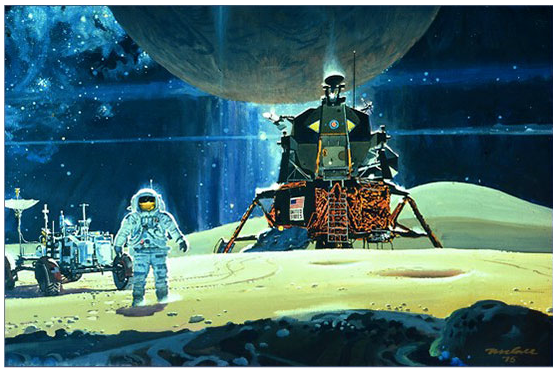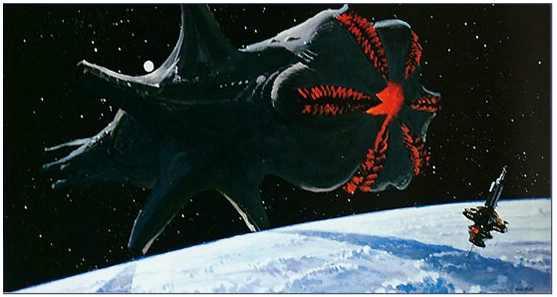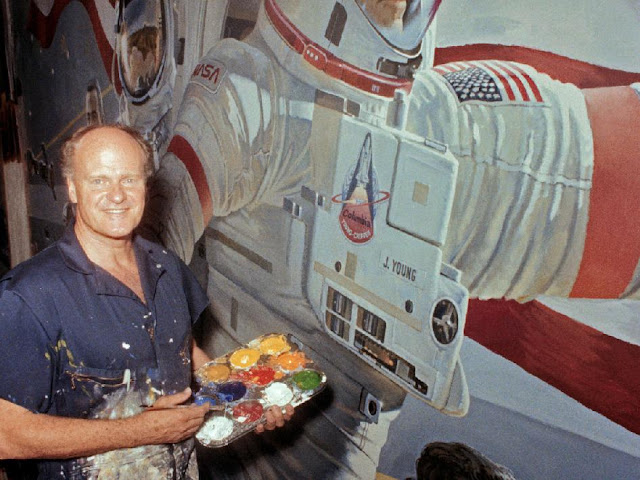“I think when we finally are living in space, as people will be doing soon, we’ll recognize a whole
new freedom and ease of life,” McCall was quoted as saying. “These space habitats will be more
beautiful because we will plan and condition that beauty to suit our needs. I see a future that is
very bright.
I am living in the future I dreamed about when I was a young boy, and for me it is just as bright
and wonderful as I imagined it would be. Many of the paintings in this exhibition are my current
graphic thoughts about tomorrow.
One of the joys of being an artists is the freedom to create one’s own world, and through the
use of brushes and paints, to explore that world and participate in adventures of the mind that
the real world would not possibly provide. Like the real world, these excursions of the
imagination are fraught with inaccuracies of perception — it is rare that one glimpses through
the veil of time even a hint of tomorrow’s reality nor does it seem important to me, whether
one’s perceptions are right or wrong — the pleasure is in making the predictions and
doing the work.
Today we live in a world filled with awesome possibilities, both good and bad. The rush of
technology is so rapid, to stay abreast of it has become more and more difficult. Our
understanding of the physical universe continues to grow and astonish us with its
marvelous complexity.
To be an artist in these times of explosive change is, for me, a privilege and a challenge. My goal
is to document in my drawings and paintings a small part of this changing world and to
anticipate in my work, the future that lies ahead.”
NASA’s artist-in-residence program has drawn the likes of Annie Leibovitz, Norman Rockwell and
Laurie Anderson. But if the agency had a favorite, it was the painter Robert McCall. Once
described by author Isaac Asimov as the “nearest thing to an artist in residence from outer
space,” McCall’s glorious sci-fi paintings first attracted the public’s attention in the 1960s on the
pages of LIFE, illustrating the magazine’s series on the future of space travel. Stanley Kubrick
asked McCall to paint what would become his most well-known work: “Orion Leaving Space
Station,” which shows a space vehicle darting from the lit bay of a wheel-shaped space station,
featured on the posters for the film “2001: A Space Odyssey.”
And then his opus: the six-story “The Space Mural – A Cosmic View,” greeting visitors to the
National Air and Space Museum in Washington, DC. Painted over the course of eight months in
1976, McCall’s depiction of the creation of the universe leading to astronauts walking on the
Moon is seen by an estimated ten million persons each year.
His bright, positive, optimistic work captures “an impulse to take what’s possible and imagine
what could be and what if. Between the subtlety and realism of his paintings and their more
fanciful imaginations, he was drawing colorful maps for the future of science and
space exploration.”










